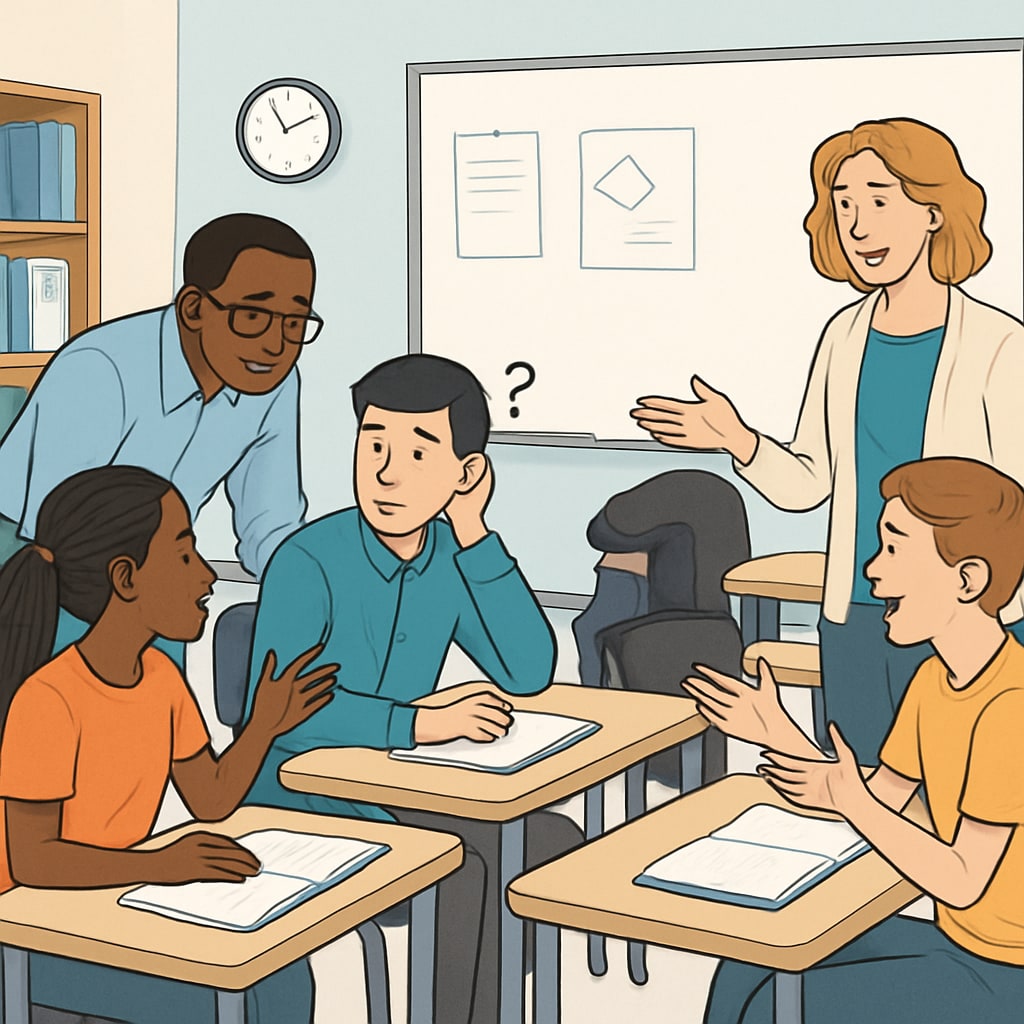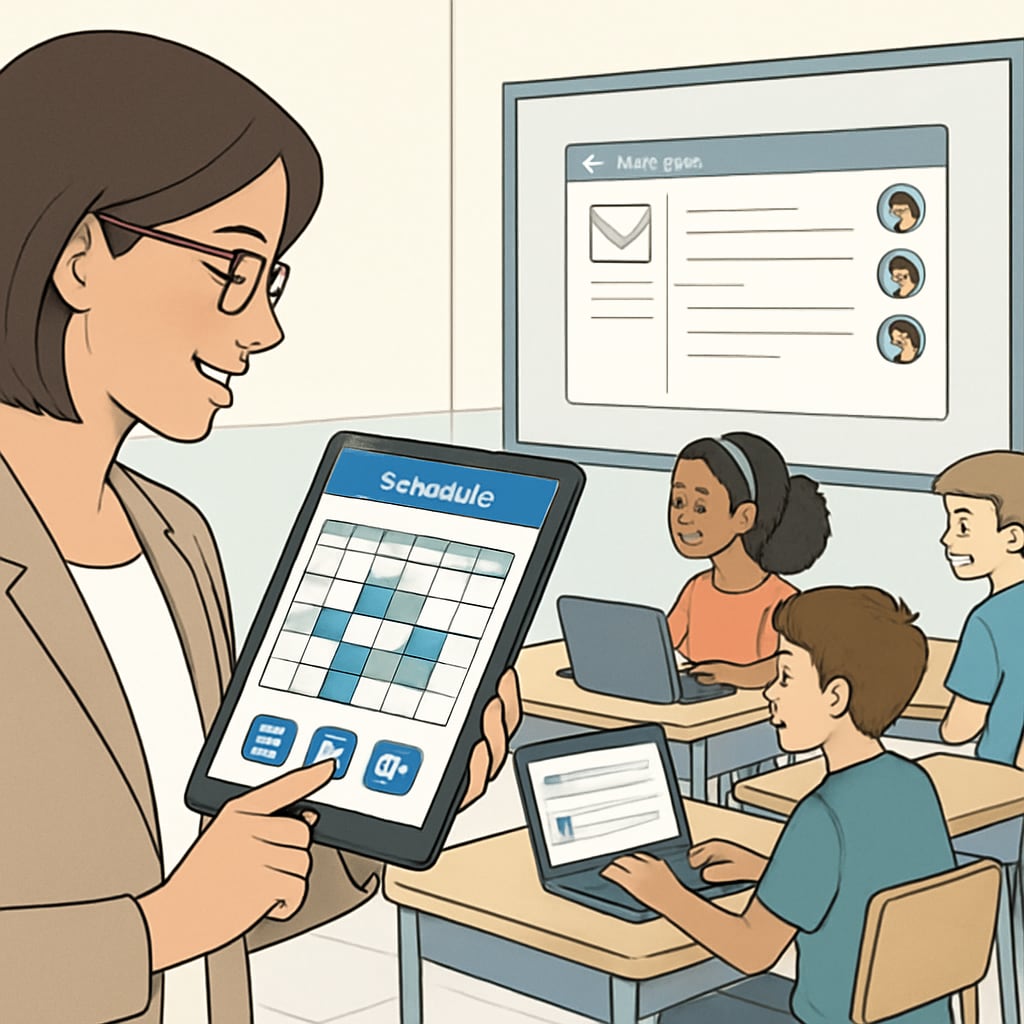Addressing critical education pain points, tool needs, and student-educator feedback is essential for improving the learning experience in K12 classrooms. This article delves into common challenges faced by teachers and students, including time management, communication obstacles, and resource distribution issues. By understanding these pain points, we can identify tools and strategies that pave the way for a more effective and engaging education ecosystem.
Common Pain Points in K12 Education
Teachers and students encounter several recurring challenges that hinder productivity and learning outcomes. Key areas of concern include:
- Time Management: Teachers often struggle to balance lesson planning, grading, and administrative tasks, while students face difficulties managing homework, extracurricular activities, and personal time.
- Communication Barriers: Miscommunication between teachers, students, and parents can lead to misunderstandings about expectations, deadlines, and feedback.
- Resource Allocation: Uneven access to educational resources such as textbooks, technology, and personalized learning tools creates disparities in learning opportunities.
These pain points emphasize the need for innovative solutions designed to streamline operations, enhance collaboration, and ensure equitable access to resources.

Tool Needs to Address Education Pain Points
To mitigate these challenges, stakeholders in education must adopt tools that directly address pain points. Some of the most impactful solutions include:
- Time Management Apps: Tools like Google Calendar and Trello can help teachers organize their schedules and students track assignments effectively.
- Communication Platforms: Apps such as ClassDojo or Microsoft Teams facilitate seamless communication between educators, students, and parents.
- Resource Distribution Systems: Digital libraries and platforms like Khan Academy provide equitable access to learning materials for students worldwide.
By integrating these tools into daily routines, educators and students can create a more structured and supportive learning environment.

Feedback from Educators and Students
Feedback from those directly impacted by these challenges—the educators and students—provides valuable insights into tool effectiveness and areas needing improvement. Surveys and focus groups reveal:
- Teachers value tools that reduce administrative overhead and increase classroom interactivity.
- Students prefer platforms that offer personalized learning experiences and foster collaboration.
- Both groups emphasize the importance of user-friendly interfaces and accessibility across devices.
As a result, developers and policymakers can better tailor solutions to meet the needs of those in the education ecosystem.
Readability guidance: Short paragraphs and lists summarize key points effectively. Transition words like “however,” “in addition,” and “for example” ensure logical flow. Active voice is used extensively to maintain clarity and engagement.


